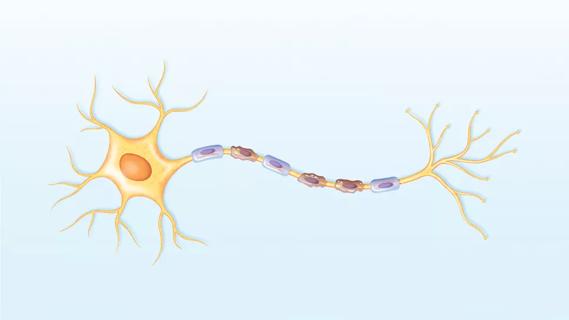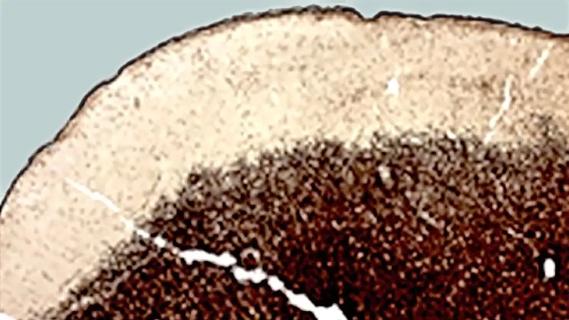Heightened awareness of this rare disorder may lead to better diagnosis and treatment progress
When the singer Celine Dion was diagnosed with stiff person syndrome in 2022, it brought unprecedented attention to the rare neuroimmunologic disorder. Stiff person syndrome, which is challenging to diagnose, is a spectrum of disorders that cause fluctuating muscle rigidity and painful spasms that can severely impact mobility.
Advertisement
Cleveland Clinic is a non-profit academic medical center. Advertising on our site helps support our mission. We do not endorse non-Cleveland Clinic products or services. Policy
“I often describe its diagnosis with a puzzle analogy,” says Justin Abbatemarco, MD, a neurologist in Cleveland Clinic’s Mellen Center for Multiple Sclerosis Treatment and Research. “Many different pieces help me put the puzzle together and rule out other disorders — everything from the patient’s demographics, symptoms, exam findings and then all the testing — blood, cerebrospinal fluid, electromyography. It can be a real challenge to put together all these different elements.”
In the latest episode of Cleveland Clinic’s Neuro Pathways podcast, Dr. Abbatemarco sheds light on stiff person syndrome. He delves into:
Click the podcast player above to listen to the 26-minute episode now, or read on for a short edited excerpt. Check out more Neuro Pathways episodes at clevelandclinic.org/neuropodcast or wherever you get your podcasts.
This activity has been approved for AMA PRA Category 1 Credit™and ANCC contact hours. After listening to the podcast, you can claim your credit here.
Podcast host Glen Stevens, DO, PhD: The different phenotypes you mentioned obviously make it more challenging to reach the correct diagnosis. Take us through the diagnostic process for a patient you suspect might have stiff person syndrome. How do they present? What’s the workup?
Advertisement
Dr. Abbatemarco: If we talk about spasms and pain, those are really common neurological concerns that many of us see, so how do we delve into this more to know when we should be thinking about this syndrome and testing for it?
Demographics can be a helpful start. About 70% to 80% of patients with this syndrome are women, and it’s most common in women around 30 to 40 years old. What’s maybe a bit more unique is that 30% to 50% of these patients will have non-neurologic autoimmune diseases. Type 1 diabetes is one of the most common, along with autoimmune thyroid disorders and vitiligo. So, the presence of other autoimmune diseases in that demographic group would at least raise my antenna that maybe I should be thinking about this syndrome.
When we talk about the symptoms we see in this disease, we hear about spasms and rigidity. To help break that down, though, be aware that the rigidity usually involves the trunk. It usually starts in the abdomen or low back. Sometimes the rigidity can involve both sides, and it can create a hyperlordosis along with a boardlike feeling all around the abs. Then it spreads into the extremities, and patients will usually have some rigidity in the lower extremities.
On top of that, patients will then experience spasms. Again, they often involve the trunk, and they can be triggered by loud sounds and sometimes by touch or by emotional triggers. The spasms can be extremely painful. That’s the clinical phenotype we typically see. It is a progressive disease, so it can start by involving one area and then spread to others over months to years.
Advertisement
Advertisement

Mounting evidence of possible shared genetic predisposition

Novel approach dramatically reduces the need for real-world data

Novel insights from a postmortem study combining imaging, pathology and clinical perspectives

A principal investigator of the landmark longitudinal study shares interesting observations to date

Modest research progress to date can still be turned into meaningful patient gains

MRI classifier identifies a subset of patients with disease marked by cortical atrophy, not demyelination

Early experience with the agents confirms findings from clinical trials

Findings challenge dogma that microglia are exclusively destructive regardless of location in brain